
Tips to reduce your monthly electricity bill
By making small changes to your daily habits, you and your family can save electricity and lower your monthly electricity bill

Replace with high-efficiency lighting bulbs
Using fluorescent incandescent bulbs is one of the electricity-saving methods you shouldn’t overlook. These bulbs have the advantage of consuming less power, only about 1/5 to 1/3 compared to regular bulbs.

In particular, fluorescent incandescent bulbs also have a superior lifespan, lasting 15 times longer than regular bulbs. This allows you to save more on purchasing electrical devices.
Unplug electrical devices when not in use to save electricity
Electronic devices like laptops, phone chargers, etc., even when not in use, still consume a certain amount of power. Therefore, to save on electricity costs, make sure to unplug all unused devices in your home.
Clean your electrical devices
Regularly cleaning your electrical devices will help them operate more efficiently and save more energy, while also receiving better lighting. Clean the core of your rice cooker and the heating element of your stove to improve heating efficiency, clean fans to prevent the motor from overheating and consuming more energy...
Additionally, regularly cleaning and maintaining your air conditioner is another way to save electricity when using it. Air conditioners are one of the highest energy-consuming devices in the home. Therefore, if you don't know how to save electricity with your air conditioner, your electricity bill will rise significantly during the hot summer months.
Use products with Inverter technology
Inverter technology is quite familiar to customers in the Vietnamese market. It is a modern technology that helps household appliances operate more efficiently, while saving much more energy.
Previously, household appliances were mostly not equipped with Inverter technology. As a result, they wasted a lot of electricity and consumed large amounts of energy.
To address this issue, many manufacturers now produce high-power devices such as air conditioners, refrigerators, washing machines, etc., equipped with Inverter technology. Using these devices is an effective way to save electricity with your air conditioner and reduce overall household electricity costs.
Invest in energy-efficient smart devices
Older devices tend to cost more to operate, so when an appliance reaches its average lifespan, you should upgrade to an energy-efficient one. The initial cost may be higher, but you’ll save a significant amount over time.
Utilize natural light and wind
Utilizing natural light combined with the electricity-saving methods mentioned above will help you achieve maximum results.
When at home, open all windows to let sunlight in. This not only helps you save on electricity consumption for the entire lighting system but also brightens up your home.
Using natural sunlight instead of light bulbs and natural wind instead of fans or air conditioners is an electricity-saving method that you should apply today.
News in the same category


Mixing Toothpaste with Salt: Surprising Uses and Benefits You Can Try at Home
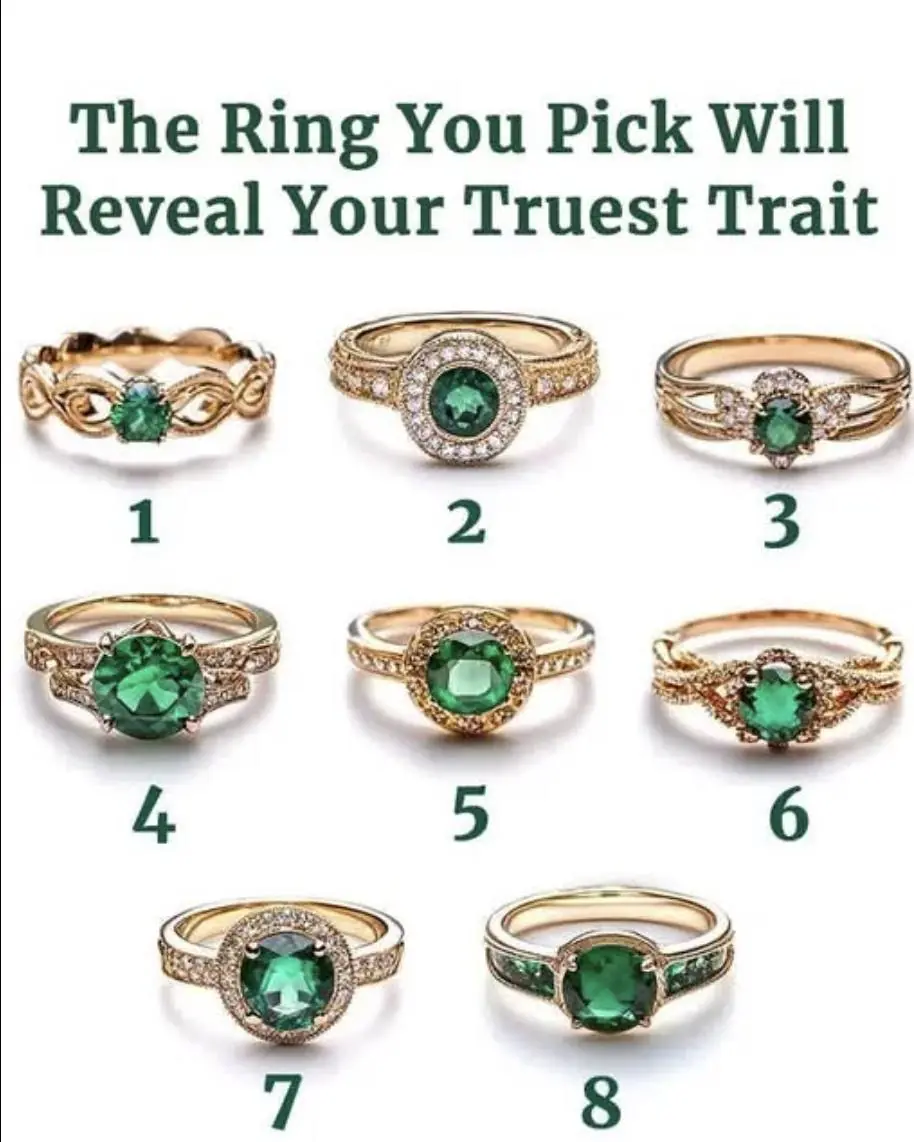
The ring you pick will reveal your truest trait
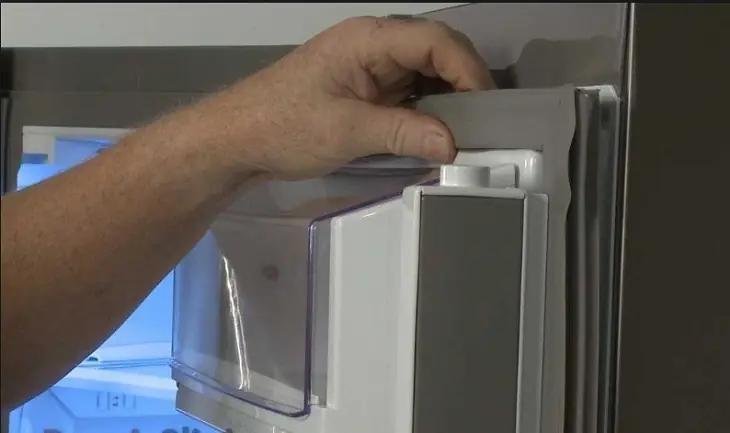
The right way to clean your refrigerator’s rubber door seal

Oversalted your dish? Don’t dilute it with water—add this one ingredient to balance the flavor fast.
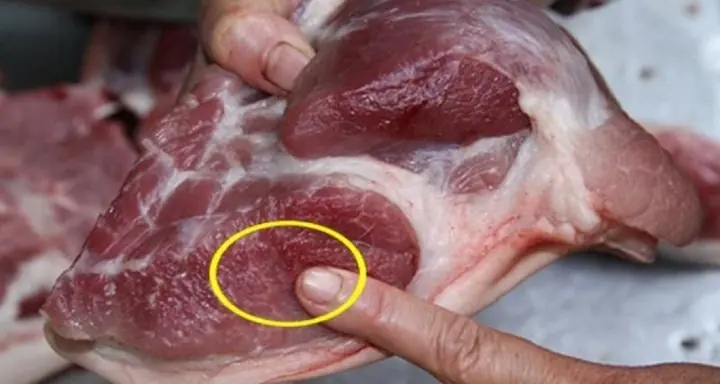
Butcher’s Honest Advice: When Buying Pork, It’s Best to Avoid These Three Types — Only the Uninformed Like Them

How to Effectively Remove Black Mold Spots from Household Items

Many people cook rice every day—but still get it wrong: 4 simple tips for tastier rice and better digestion

Little Black Bugs in the Bathroom? Here’s What They Are & How to Get Rid of Them for Good

Add a Few Drops of Oil to an Onion: A Simple Home Trick That Repels Mosquitoes and Improves Sleep
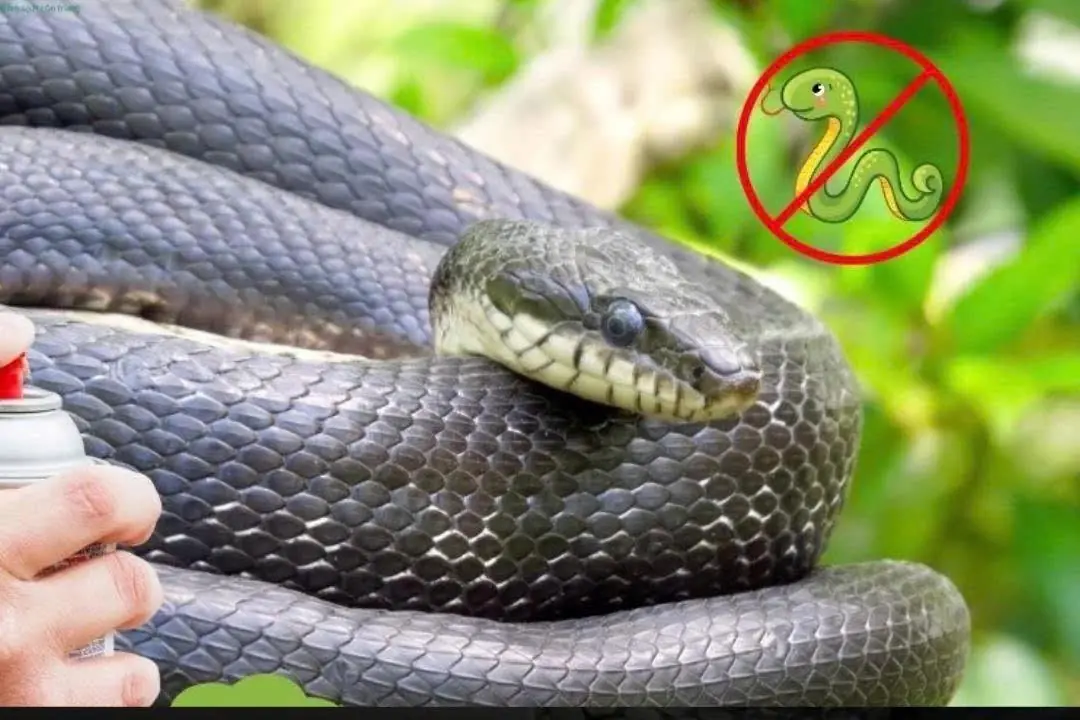
To prevent snakes from entering your house, you can apply the following methods.

Never reheat these 5 items in the microwave!
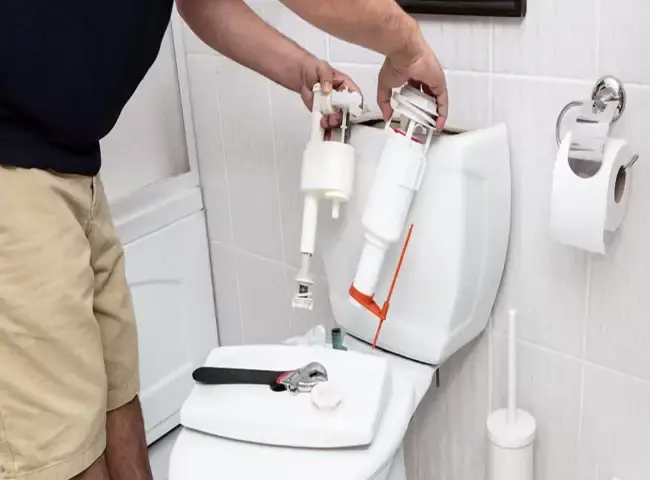
How to Fix a Weak Toilet Flush at Home - No Technician Needed

This small fridge button can significantly cut your electricity bill
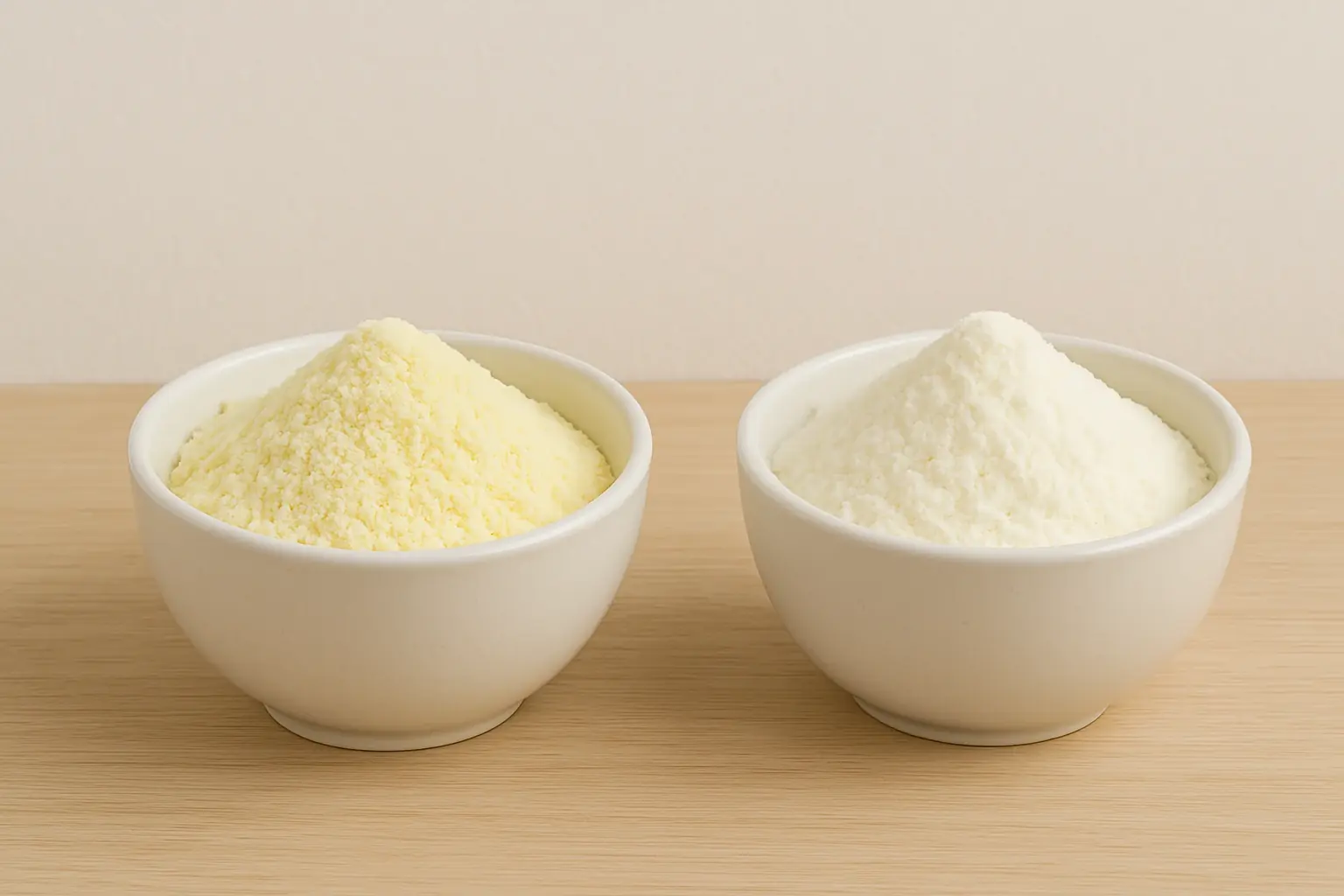
How to Tell Real Baby Formula from Fake: What Every Parent Needs to Know

Smart tips to get rid of cockroaches and maintain a clean, fresh home
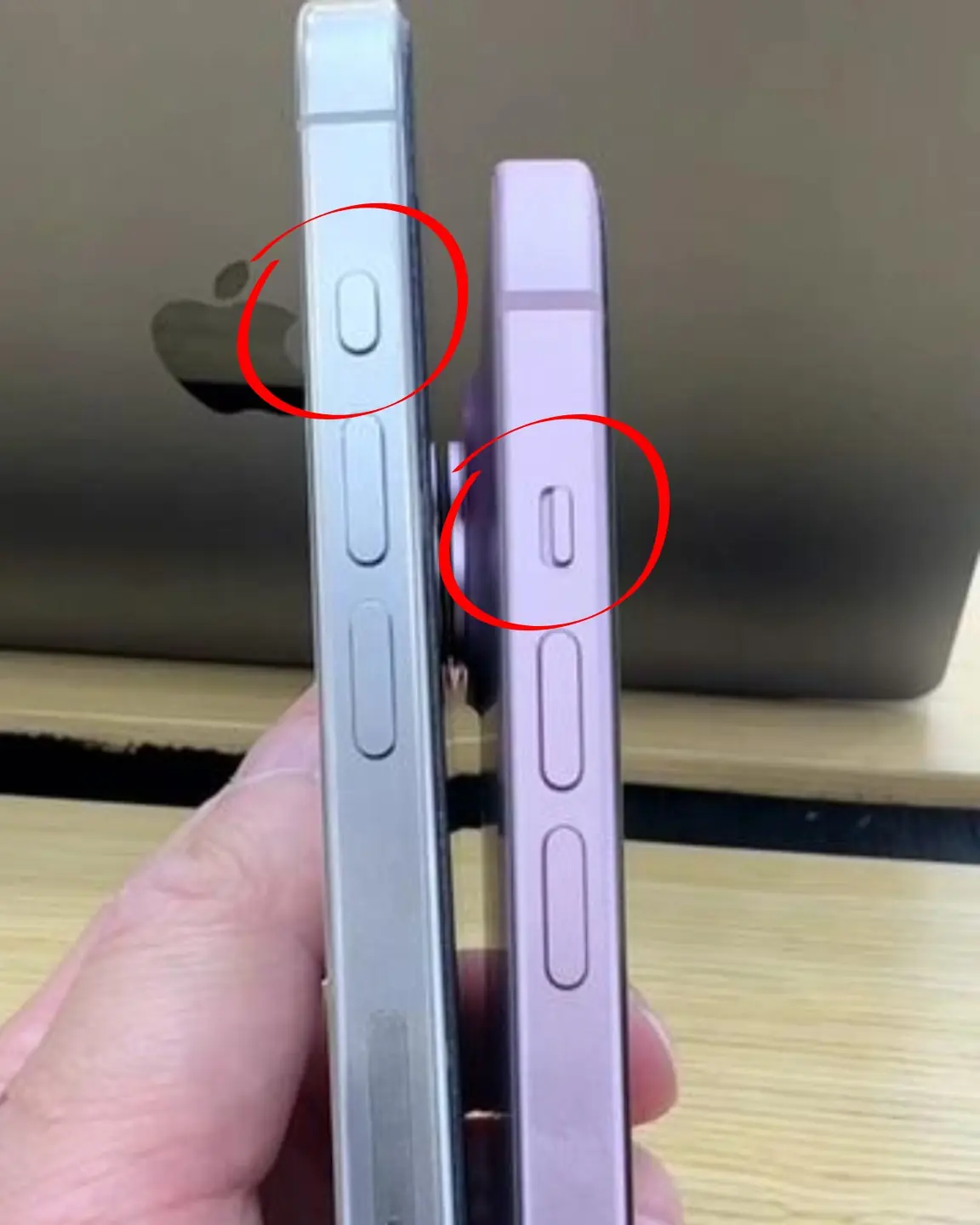
Your phone’s volume buttons can do more than you think - Here are 6 hidden tricks

Don’t throw away lemon peels - Turn them into a powerful, natural cleaning solution for your home

If your partner leaves a clothespin on your shower head, make sure you know what it means

Tips for Freezing Fish So It Stays Fresh, Firm, and Flavorful for Up to a Month
News Post

Senna Alata: The Powerful Candle Bush Offering 30 Remarkable Health Benefits and Simple DIY Remedies

Boiled Bay Leaves and Cloves: A Powerful Natural Elixir for Better Health

Strawberry Cheesecake Stuffed Cookies

There’s always a reason: Why dogs bark at or chase people?

Eating leftovers from the fridge, 50-year-old man d.i.e.s: 5 foods you should never keep overnight, if left over, throw it away

Juniper: An ancient healing plant with powerful modern benefits

Garlic skins may seem useless, but they can be surprisingly helpful in daily life
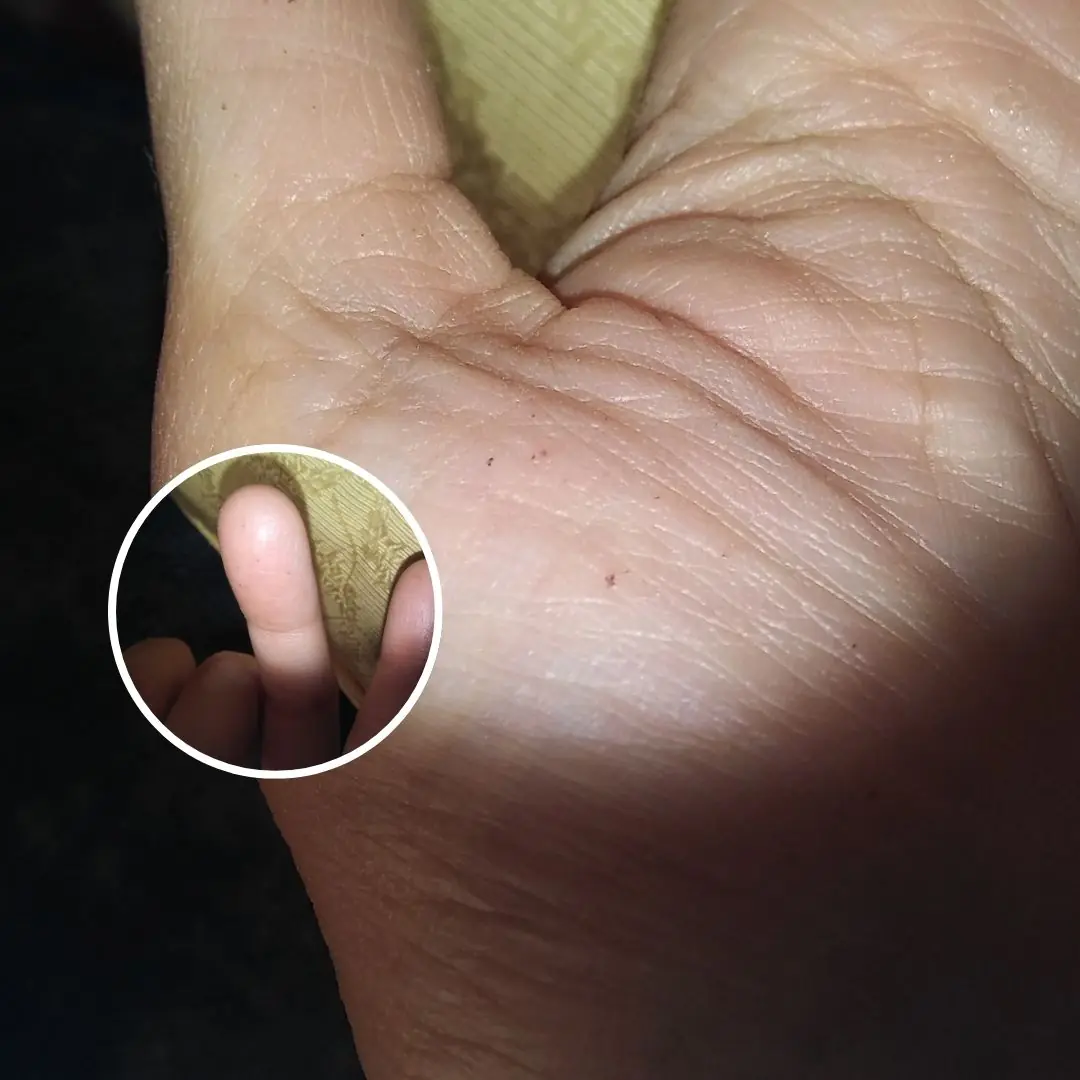
Red-Brown Speckles on Palms and Fingers: Harmless Marks or a Health Warning?

Chicken, Avocado & Tomato Bowl

Teriyaki Chicken Healthy Bowl

9 Early Signs of Diabetes You Shouldn't Ignore

Eggs and health: 6 types of eggs you should avoid to protect your body

Mixing Toothpaste with Salt: Surprising Uses and Benefits You Can Try at Home

10 powerful foods that can help lower your risk of str.oke

Coconut Lime Fish Soup

White Spots Around the Eyes: What Are They Really Telling You About Your Health?

This fruit is known as the “poor man’s ginseng”: cheap, available year-round, and sold in every Asian market

Slow-Cooked Lamb Shank Curry

Don't Eat Sweet Potatoes Until You Know These 13 Important Facts!
